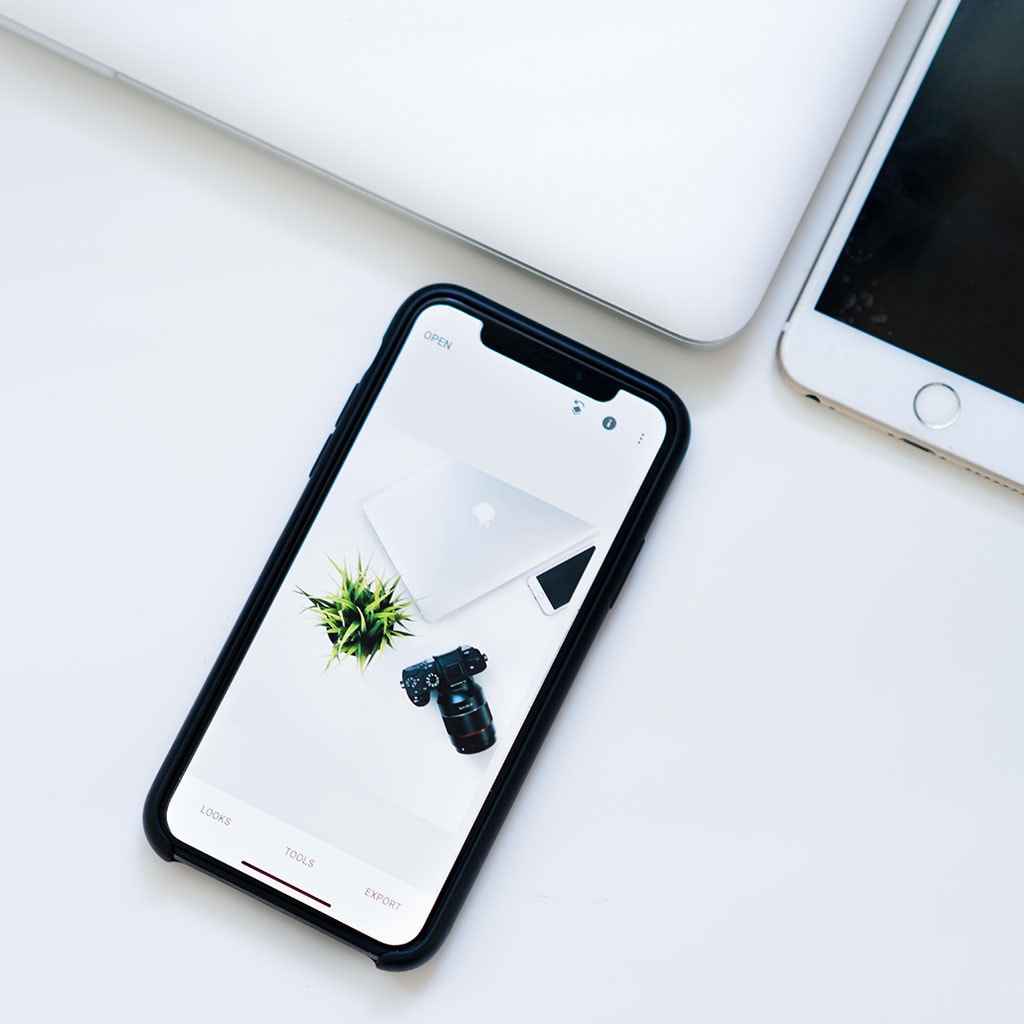How to charge iPhone from MacBook?
How to charge iPhone from MacBook?
Charging your iPhone from your MacBook is a convenient way to power up your device without needing an electrical outlet. Here’s a guide on how to efficiently charge your iPhone using your MacBook’s power source.
Unlock the power of Macbook magic to effortlessly charge your iPhone!
Certainly! To charge your iPhone from your MacBook, follow these steps:
- Check the MacBook Ports: Examine your MacBook for the available ports. Older MacBooks might have standard USB-A ports, while newer models might feature USB-C or Thunderbolt 3 ports. You can use different cables or adapters based on the port types available.
- Get the Right Cable: Use the appropriate cable to connect your iPhone to your MacBook. For USB-C/Thunderbolt 3 MacBook ports, you might need a USB-C to Lightning cable. For USB-A ports, a standard USB-A to Lightning cable will work.
- Connect Your iPhone: Plug one end of the Lightning cable into your iPhone’s charging port and the other end into the USB-C/Thunderbolt 3 or USB-A port on your MacBook.
- Start Charging: Once connected, your iPhone will begin charging from your MacBook’s battery. You might see a charging indicator on your iPhone’s screen, like a lightning bolt beside the battery icon.
- Monitor the Charging: Check the battery icon on your iPhone to ensure it’s charging. Also, verify on your MacBook that power is being drawn to charge your iPhone.
- Ensure MacBook Power: Charging your iPhone from your MacBook will consume the MacBook’s battery, so make sure your MacBook is adequately charged or connected to a power source itself to avoid draining its battery too quickly.
Remember, the charging speed might vary based on the MacBook’s battery level, its power settings, and the specific MacBook model you’re using. Also, for faster charging, it’s recommended to use the original Apple-branded cables and adapters.
What can I do if the iPhone doesn’t seem to charge from the MacBook?
If the iPhone doesn’t appear to be charging from the MacBook, several steps can be taken to troubleshoot the issue. Firstly, check the USB-C port on the MacBook and the USB-C cable for any physical damage or debris that might be obstructing the connection. Using a different USB-C cable or USB adapter could help isolate whether the issue lies with the cable, adapter, or MacBook’s port. Additionally, try plugging the USB-C cable into different USB-C ports on the MacBook, if available, to see if the charging initiates from any other port.
Another consideration is verifying whether the MacBook’s power supply is adequate to charge the iPhone. Sometimes, if the MacBook is running on battery power and its battery level is low, it might not provide sufficient power to charge external devices like an iPhone. Connecting the MacBook to a power source could potentially resolve the issue. If the MacBook is connected to a power source and the iPhone still doesn’t charge, testing the USB-C adapter or trying an alternative adapter might help diagnose the problem. Lastly, it’s worthwhile to check the iPhone’s charging port for any debris or lint that might be blocking the connection. Cleaning the port gently with a soft brush or compressed air can sometimes resolve charging issues.





You must be logged in to post a comment.